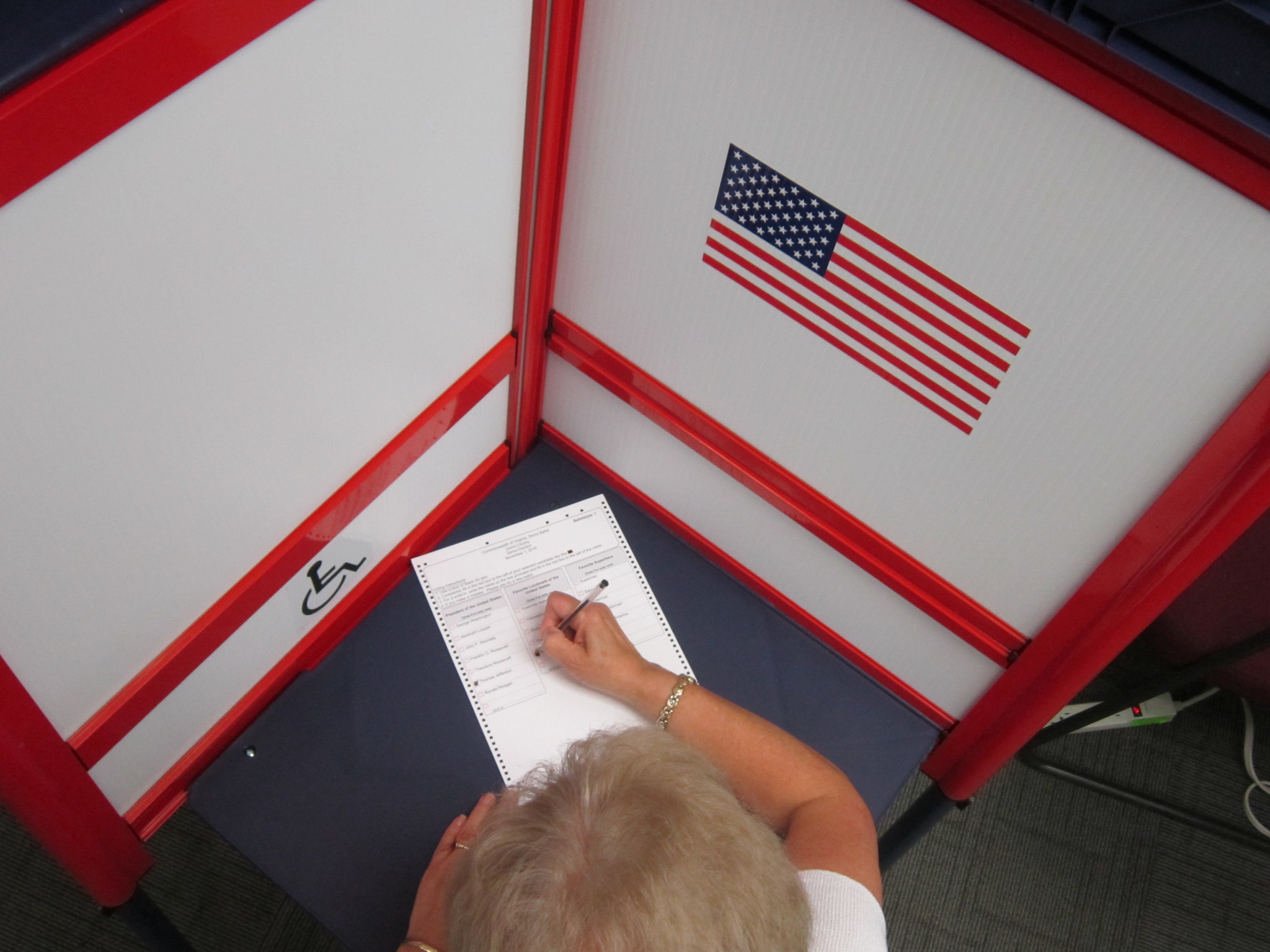
www.ancient-origins.net
Le Tuc d’Audoubert Bison Sculptures and the Ancient Need for Art
Our very distant ancestors are often portrayed as nothing more than hunters - toughened survivors in a primitive and crude world. But the truth is far from this - they were skilled hunters, sure, but also had an eye for art as well. The discovery of the bison sculptures in the Le Tuc d’Audoubert cave offered an extraordinary glimpse into the artistic, cultural, and spiritual life of prehistoric humans.
These sculptures, carved over 14,000 years ago during the Upper Paleolithic period, represent one of the finest examples of prehistoric art and provide valuable insights into the lives of the Magdalenian people, who thrived in Europe during this period. Nestled deep within a remote cave in the Pyrenees region of southern France, these bison figures, created from clay, are among the most well-preserved and remarkable examples of Ice Age art, demonstrating both artistic skill and a deep connection to the natural world.
What Ancient Footprints Can Tell Us About What It Was Like to Be a Child in Prehistoric Times
Follow Ancient Footsteps to the Famous Rock Art of Niaux Cave
Read moreSection: ArtifactsOther ArtifactsNewsEuropeAncient PlacesRead Later
















